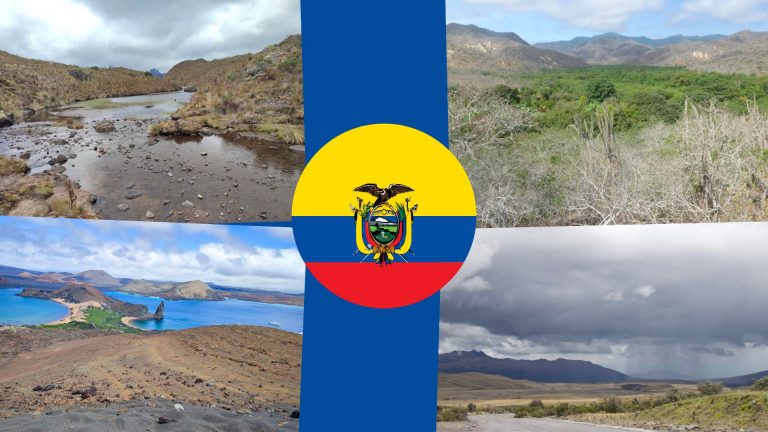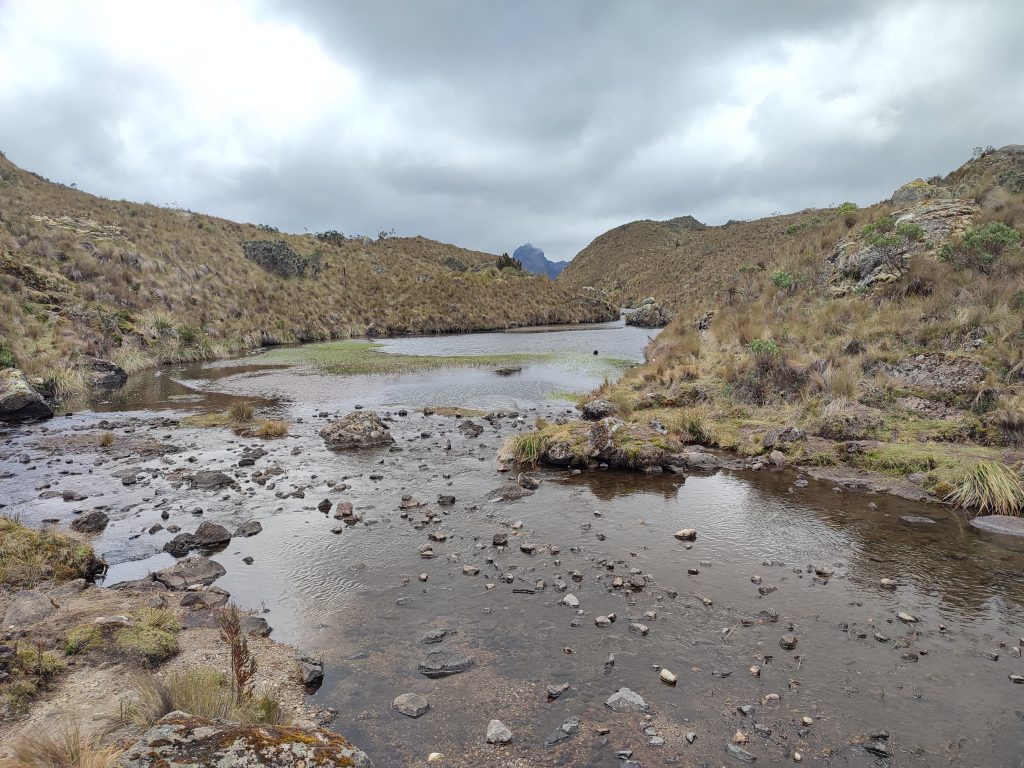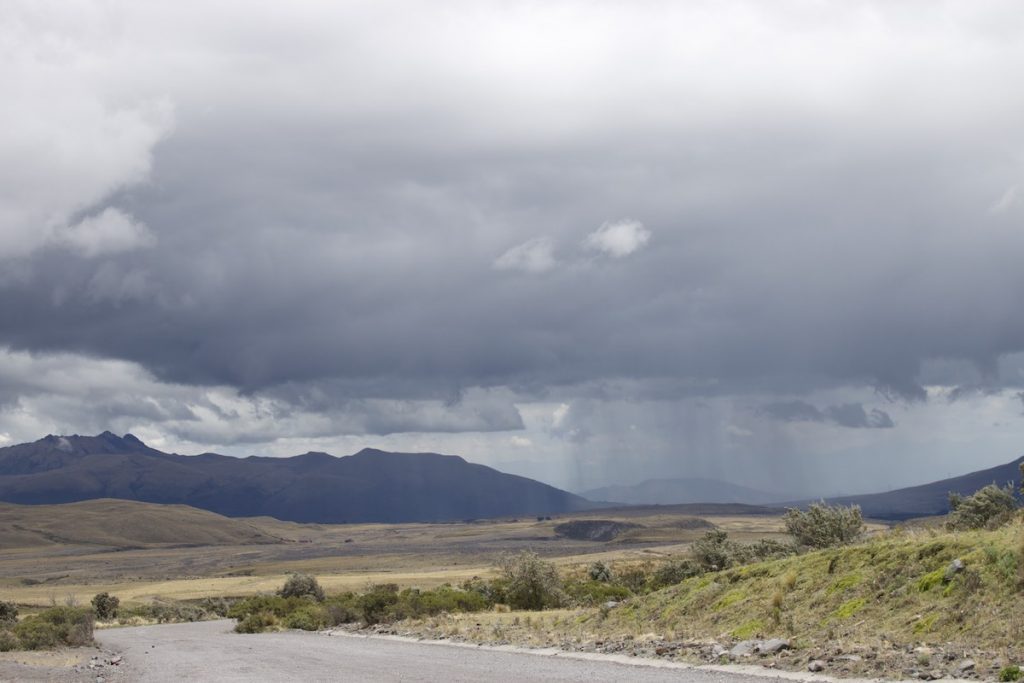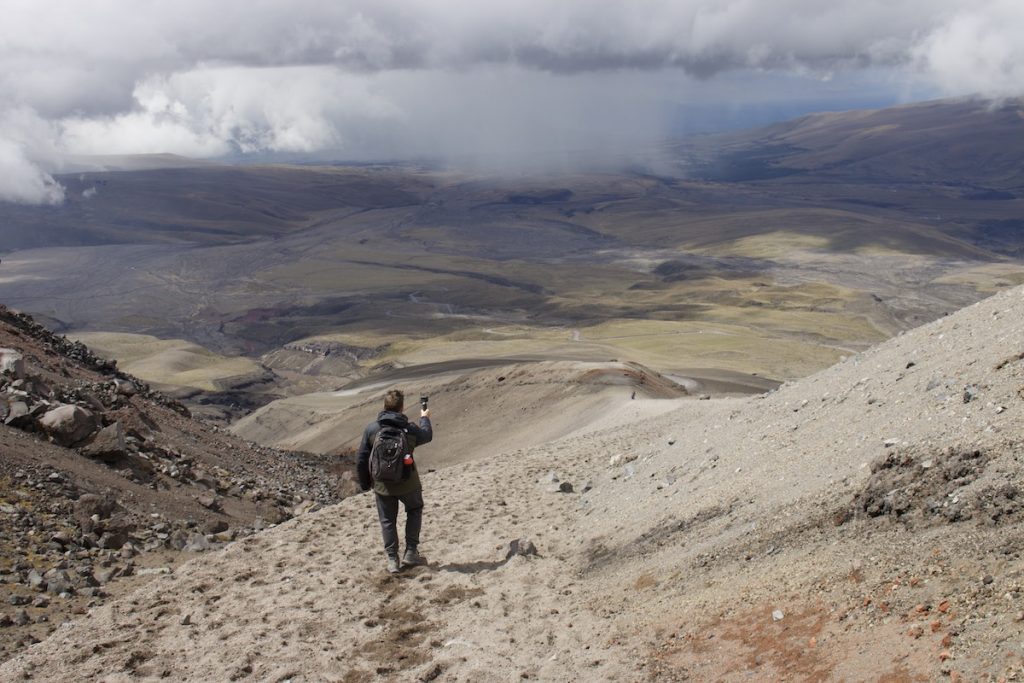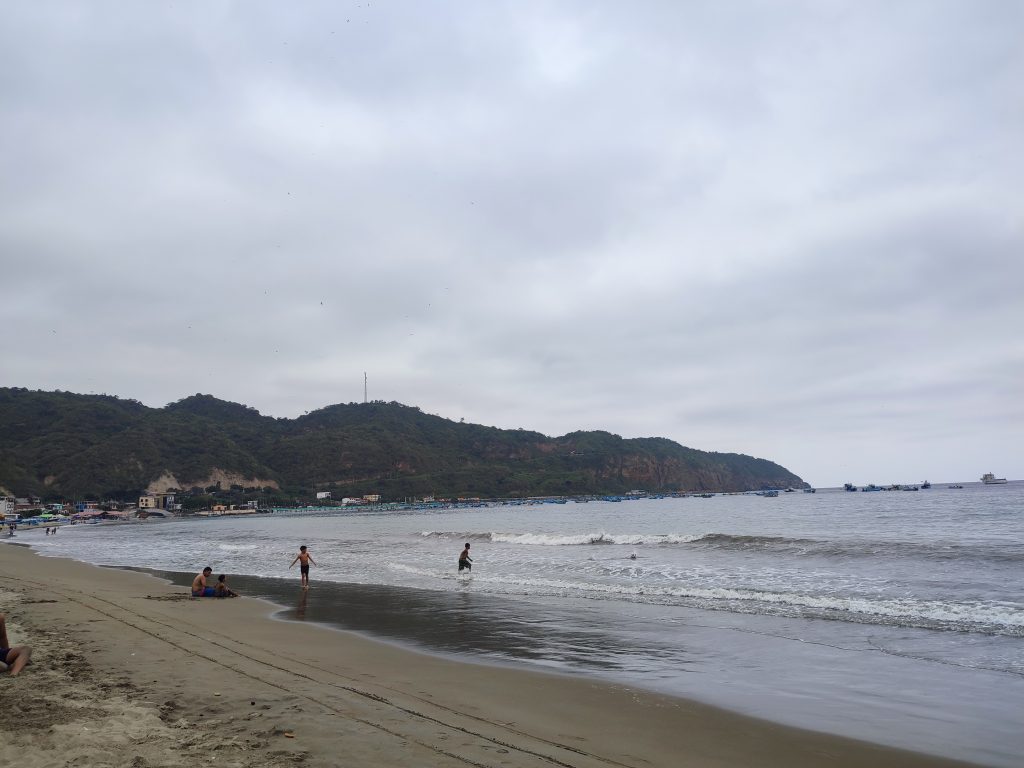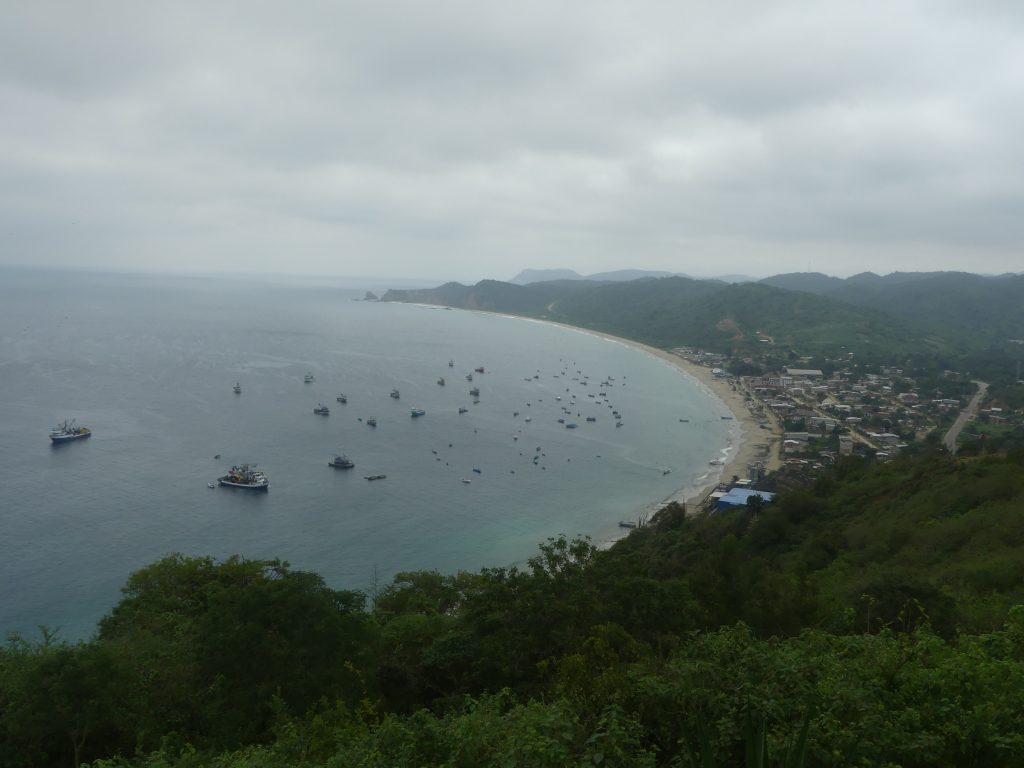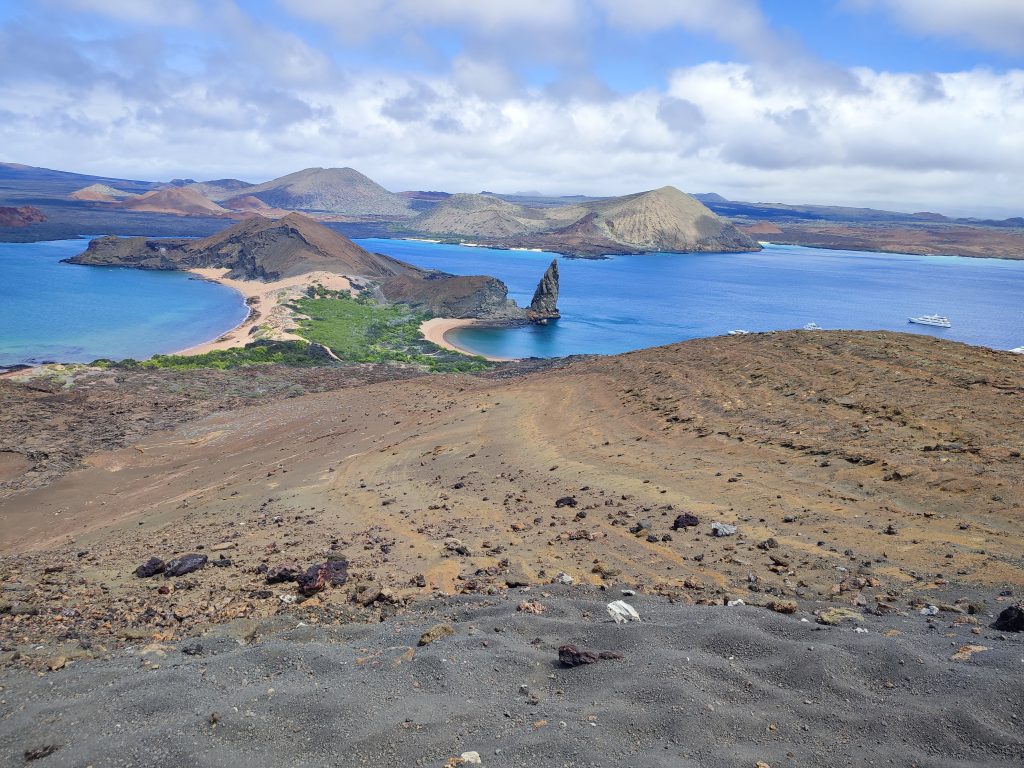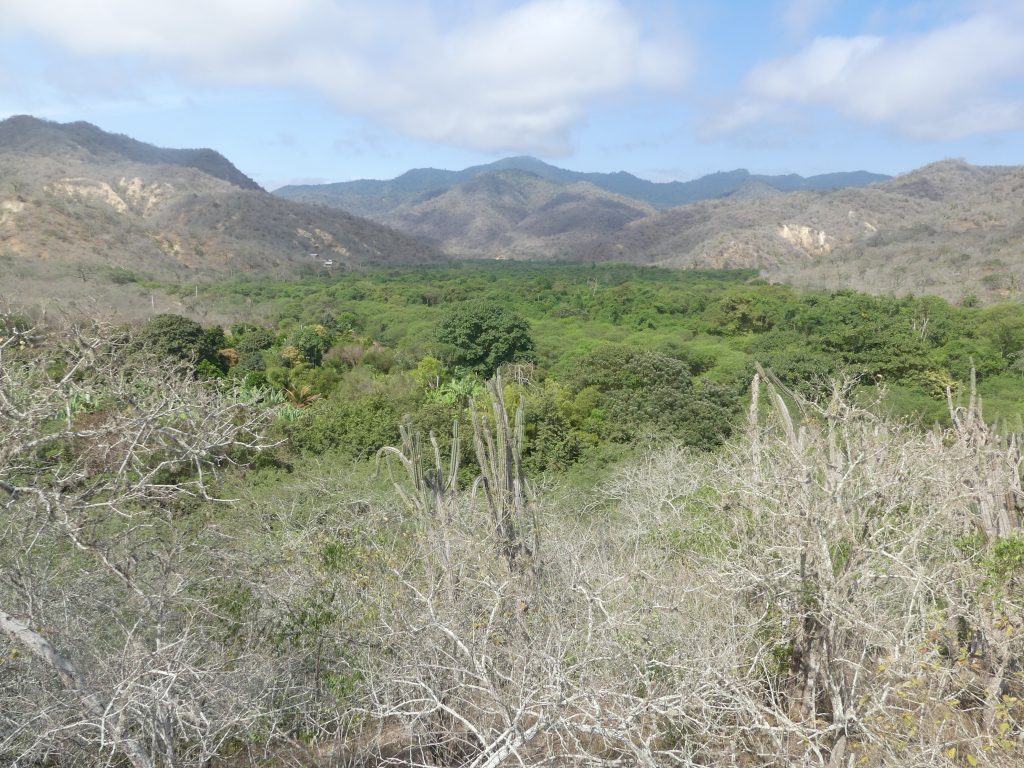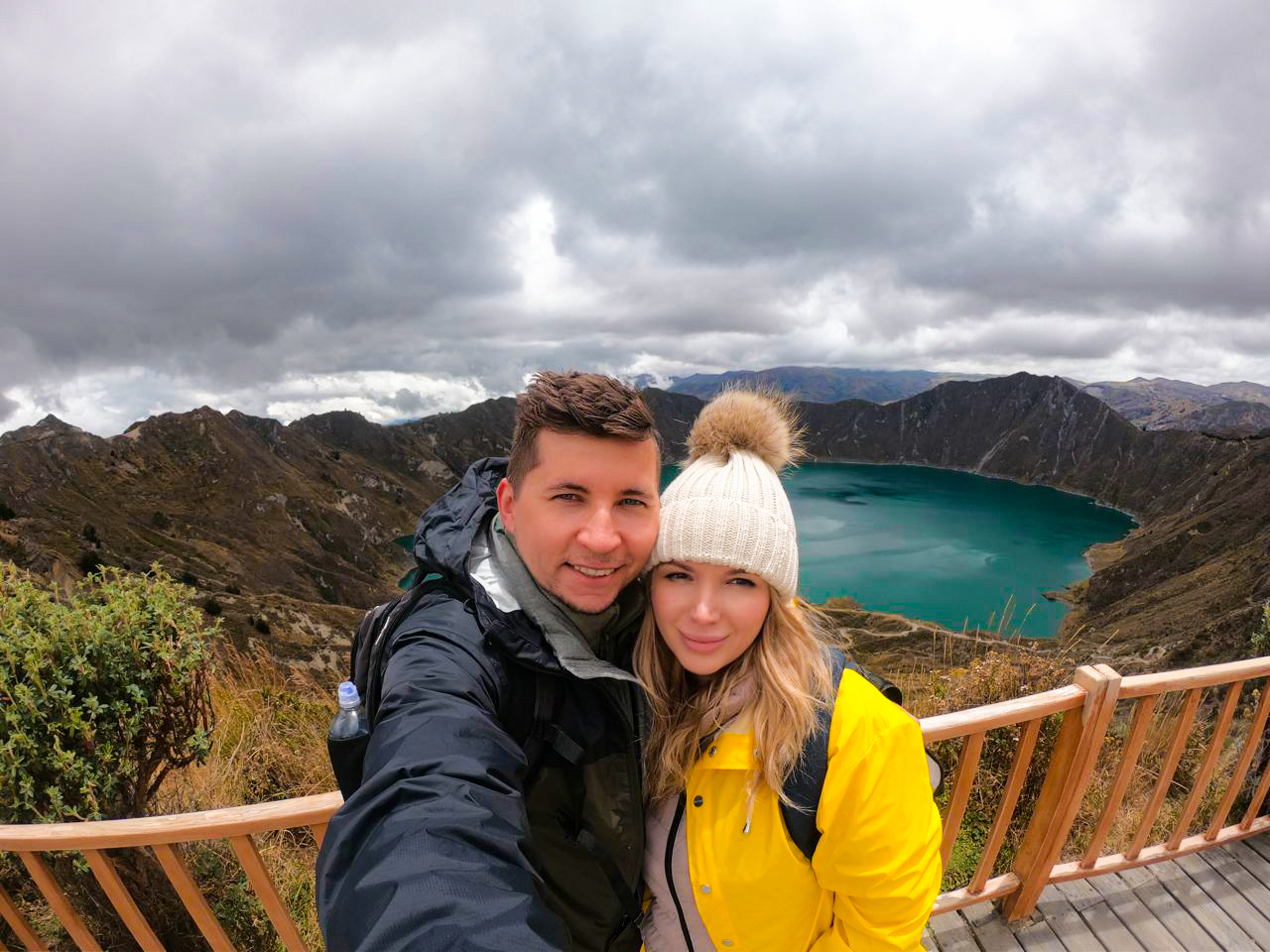Due to Ecuador’s location directly on the equator, the entire nation enjoys 12 hours of tropical daylight every day of the year. However, the weather might be unpredictable.
The rainy season and the dry season are Ecuador’s two main seasons, but they differ widely depending on things like height and distance from the equator. Even in the rainy season, Ecuador is a wonderful vacation location because most days are sunny until the afternoon.
Ecuador has four unique geographical regions:
- the Sierra (mountains)
- the Oriente (eastern rainforests)
- the La Costa (Pacific coastal plains)
- the Galapagos Islands
The weather you will encounter greatly depends on the geographical area where you are.
When planning our Ecuador trip, understanding each region’s climate patterns helped us pack perfectly and time our visits right. Get a FREE custom itinerary from local experts who know exactly when to visit each area for the best experience. Your support helps this blog and local Ecuadorian communities!
Weather in Andean Highlands (Sierra)
The Andes area of Ecuador divides the coast from the rainforest, running directly down the center of the nation. Four seasons can frequently be seen in a single day here because of the erratic and swift weather changes.
The main cities of this region are Quito, Otavalo, Ambato, Mindo, Baños, and Riobamba. The most popular destinations are Cotopaxi National Park and Quilotoa Crater Lake.
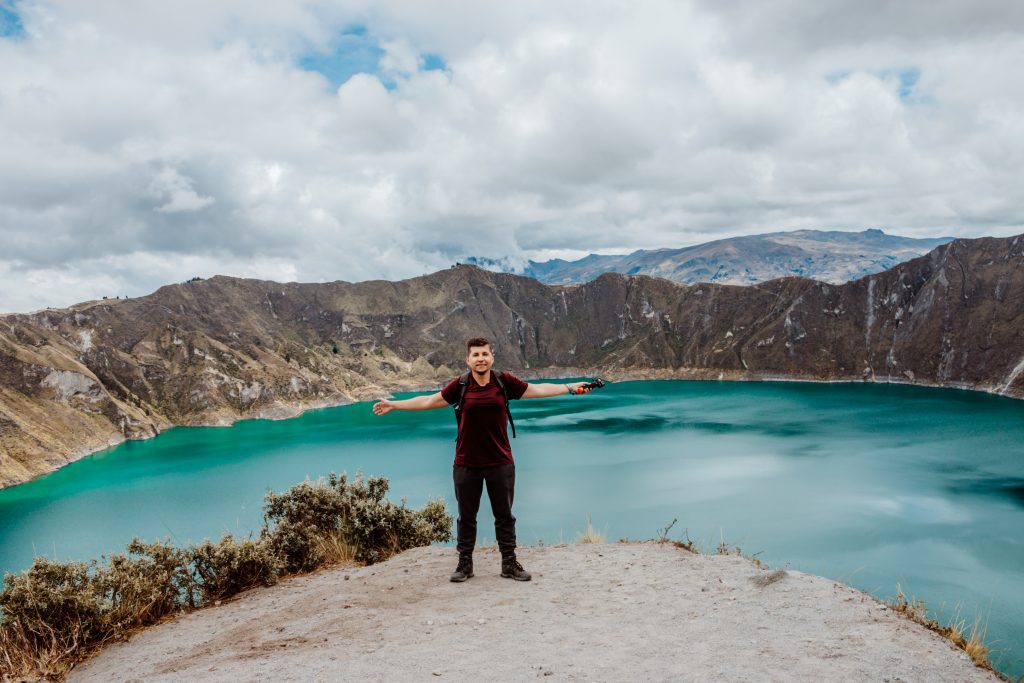
Therefore, even though daily weather prediction is a fool’s errand, we may roughly classify the Andean climate into two seasons: rainy and dry.
June through September is considered to be the dry season. Generally speaking, these months bring clear skies and sparse clouds, but they also bring strong winds and freezing evenings.
The wet season, in comparison, lasts from October to May. Expect more showers, though they won’t always happen every day (particularly in March and April).
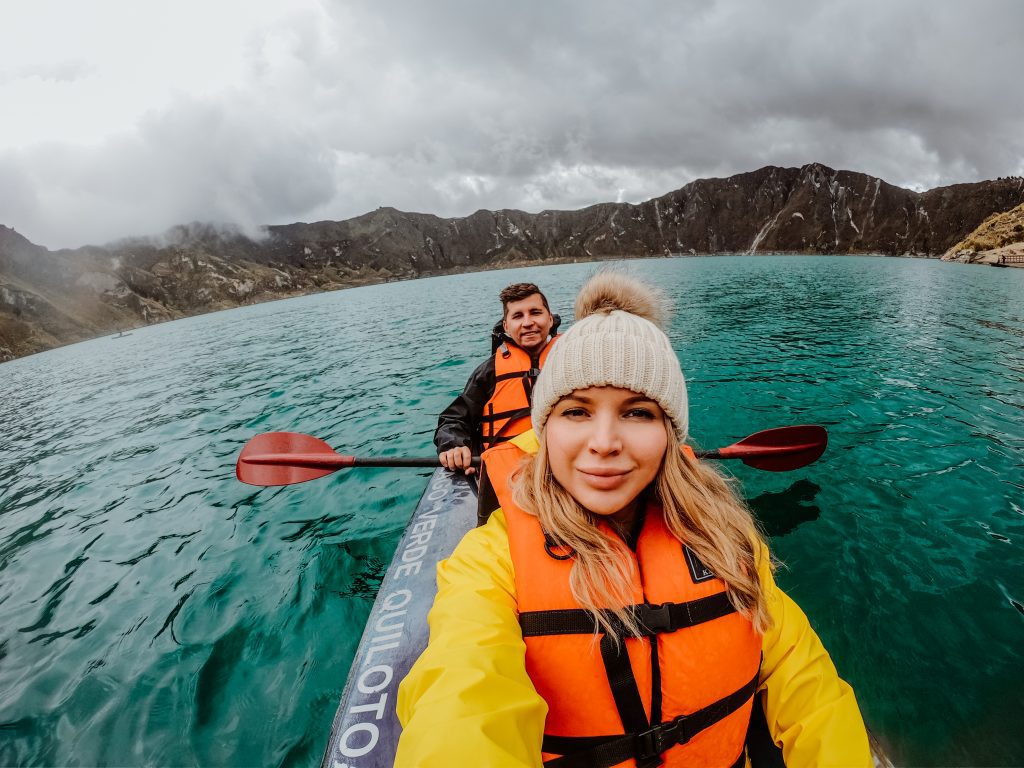
Take advantage of dry, sunny mornings because afternoon thunderstorms might arrive suddenly. Every now and then, strong hailstorms catch people off guard.
Weather in Coastal Region
The coastal lowlands on Ecuador’s west coast are characterized by a tropical climate with average temperatures ranging from 26°C in the north to 23°C in the south. Ecuadorian cities like Manta and Puerto Lopez are the most popular among travelers.
There are no significant seasonal temperature fluctuations, although February through April is the wettest month of the year.
The dry season (June to December) has cooler temperatures and is frequently cloudy and damp. The coolest months in the Guayaquil region are August and September.
Weather in Galapagos Islands
The climate in the Galapagos Islands is subtropical, dry, and generally temperate. Due to the influence of the Peruvian Current, the weather on the islands has a pattern more similar to that of the Sierra and the Costa.
December to June are often the warmest months (high season). During these months, the weather is often brighter and warmer, and the water can get up to 24°C.
We have guides for each month if you are planning to visit Galapagos:
- Visiting Galapagos Islands in January
- Visiting Galapagos Islands in February
- Visiting Galapagos Islands in March
- Visiting Galapagos Islands in April
- Visiting Galapagos Islands in May
- Visiting Galapagos Islands in June
- Visiting Galapagos Islands in July
- Visiting Galapagos Islands in August
- Visiting Galapagos Islands in September
- Visiting Galapagos Islands in October
- Visiting Galapagos Islands in November
- Visiting Galapagos Islands in December
Looking back, I wish I’d better understood how weather varies across Ecuador’s four distinct regions. Skip the guesswork – get a FREE personalized itinerary from local experts who can help you plan around each region’s seasons. Your quote request supports this blog and local Ecuadorian businesses!
Weather in the Oriente and Amazon Rainforest
Plan perfect trip to Ecuador & Galapagos
I spent countless hours researching everything about traveling to Ecuador, and I created this blog for fellow travel enthusiasts who want the best, most reliable information. But if you want to save time, we’ve partnered with the top local agency to plan your dream trip.
Three distinct seasons—wet, dry, and in-between—define the climate in Ecuador’s Amazon region. There is no “ideal” time to travel because there are advantages and disadvantages to any season.
It rains from March to July. Although it doesn’t literally rain all day every day, heavy rains are to be expected. The wet season offers the benefits of greater river levels and more pleasant temperatures of roughly 24 degrees Celsius for travel (75 Fahrenheit).
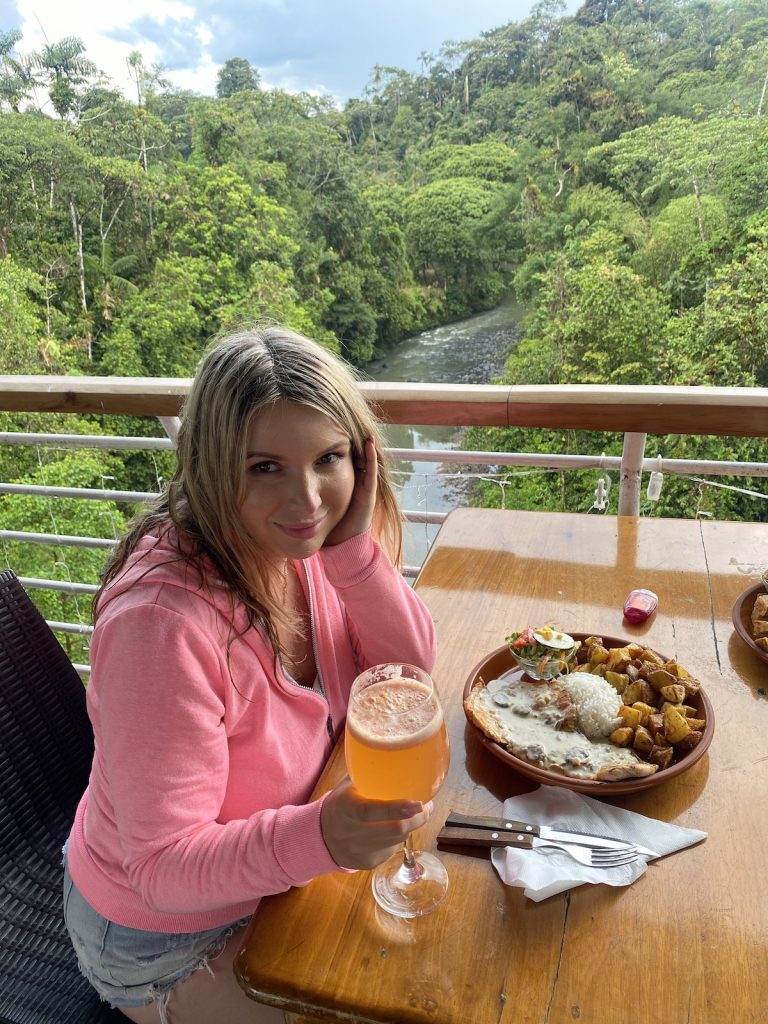
From December through March, there is no rain. Naturally, as this is a rainforest, some precipitation is still to be expected, albeit probably not as much as during the rainy season.
Although tourists will have to deal with a lower river level, which can make canoe navigation more challenging, rain is less likely to stop activities. Both the temperature and humidity are higher (38 degrees celsius/100 degrees Fahrenheit).
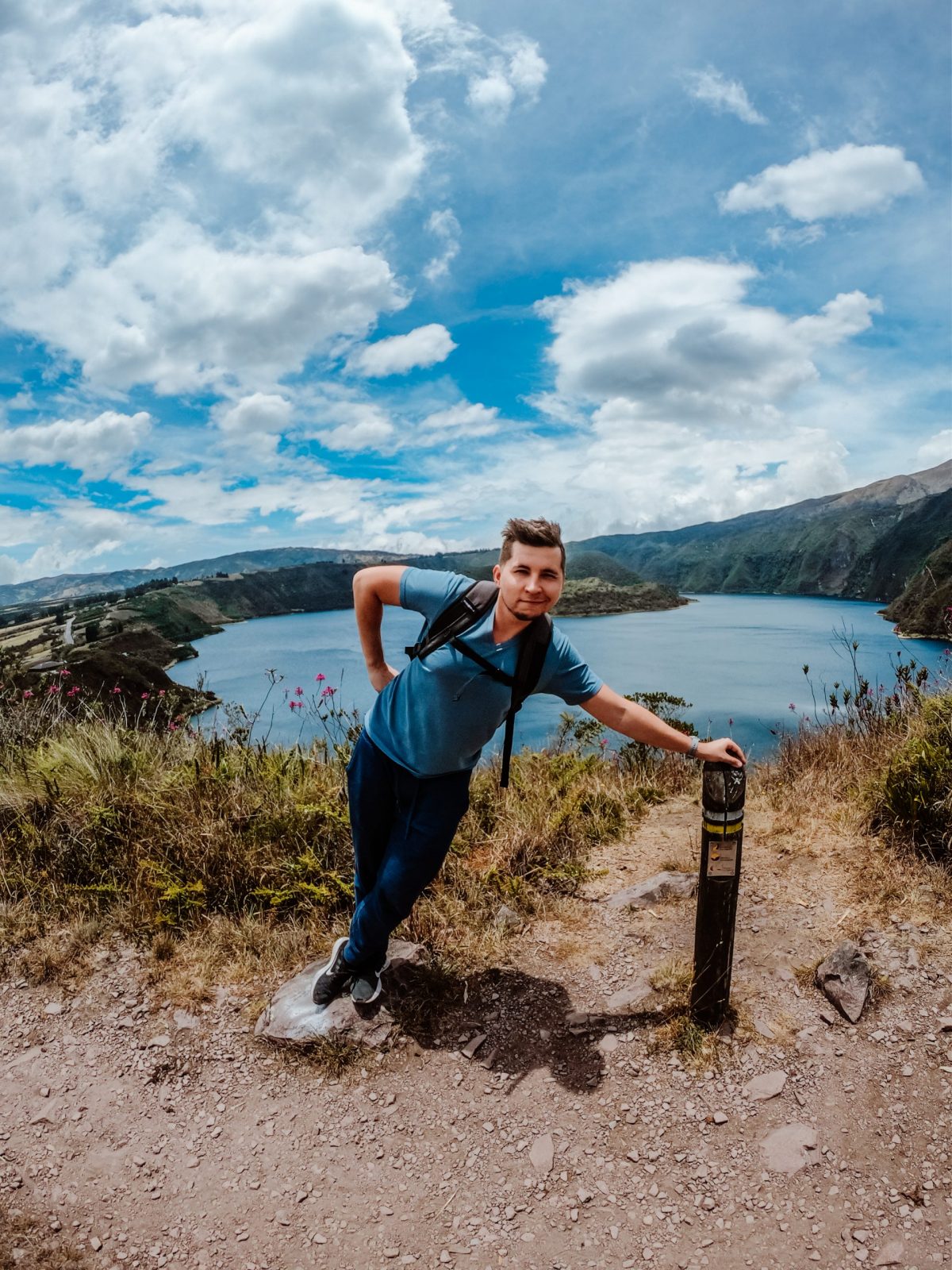
Planning trip to Ecuador?
My wife and I rented a car for 15 days and traveled from the northern part of Ecuador to the south, visiting amazing cities like Quito, Otavalo, Baños, Cuenca, and Guayaquil. Along the way, we explored iconic places such as Cotopaxi National Park, Quilotoa Lake, and many more breathtaking destinations.
Not many blogs cover traveling in Ecuador in detail, so I spent nearly three weeks creating this comprehensive Ecuador travel guide based on our trip. It’s packed with everything you need to know, and honestly, I consider it the best free travel guide about Ecuador out there.
If you’re planning a trip to Ecuador, don’t forget to use my link for discounted hotel prices through Booking.com. It’s a great way to support my blog while saving money on your accommodations!
Bottom Line
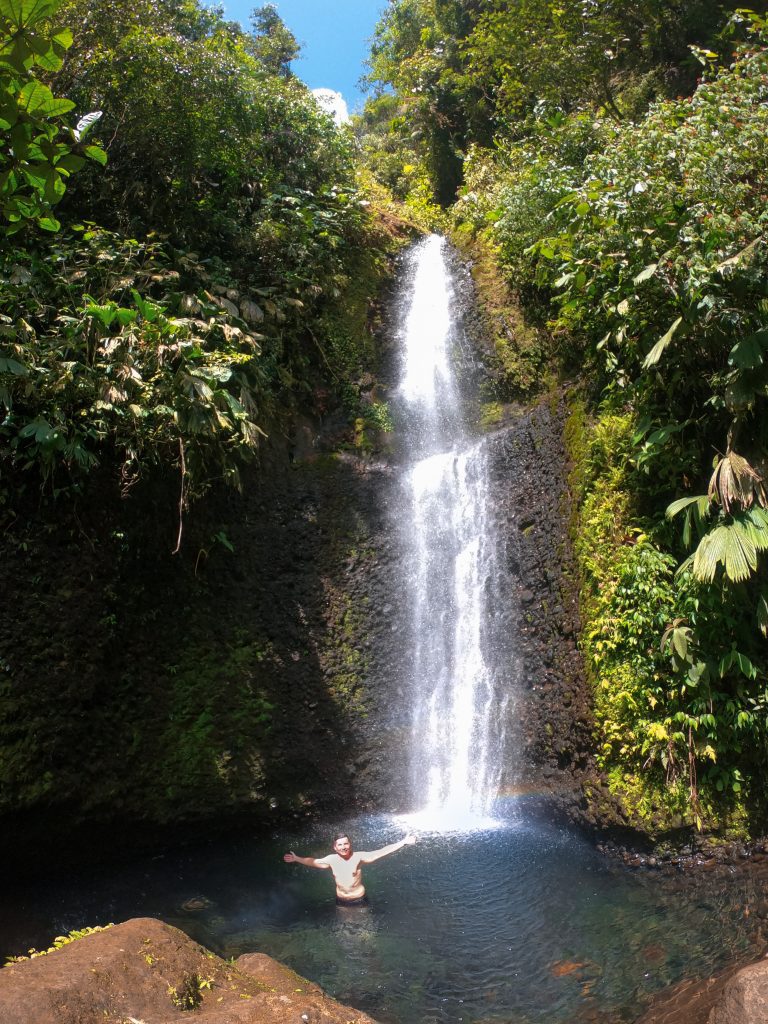
In summary, the weather in Ecuador differs from one region to the next. We hope this article made you understand the main differences in Ecuador’s weather.
The seasons in Ecuador are not the same as those at home so it is best to be prepared before your trip. Prepare your packing list for traveling in Ecuador based on the time of year and area you’ll be visiting.
Don’t let your reservations about the weather prevent you from traveling to Ecuador because it is accessible all year long. Just be prepared with appropriate clothing and you are ready to go.

